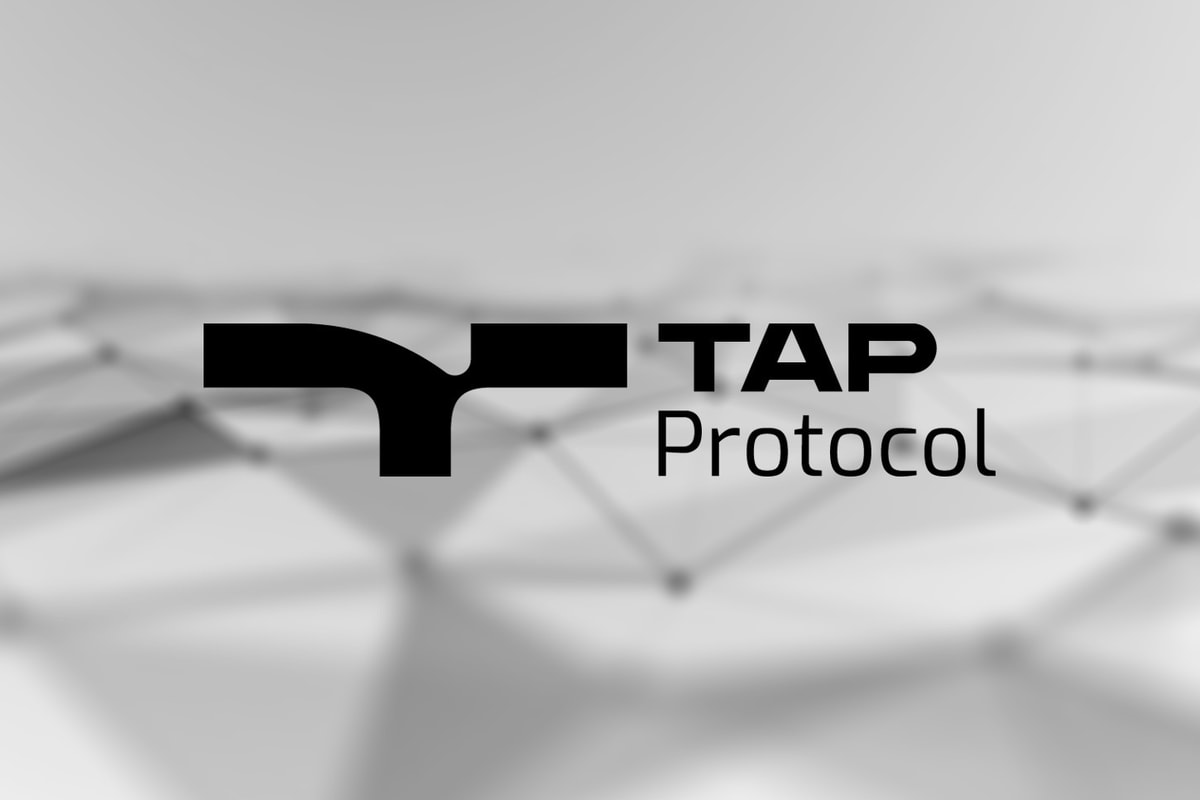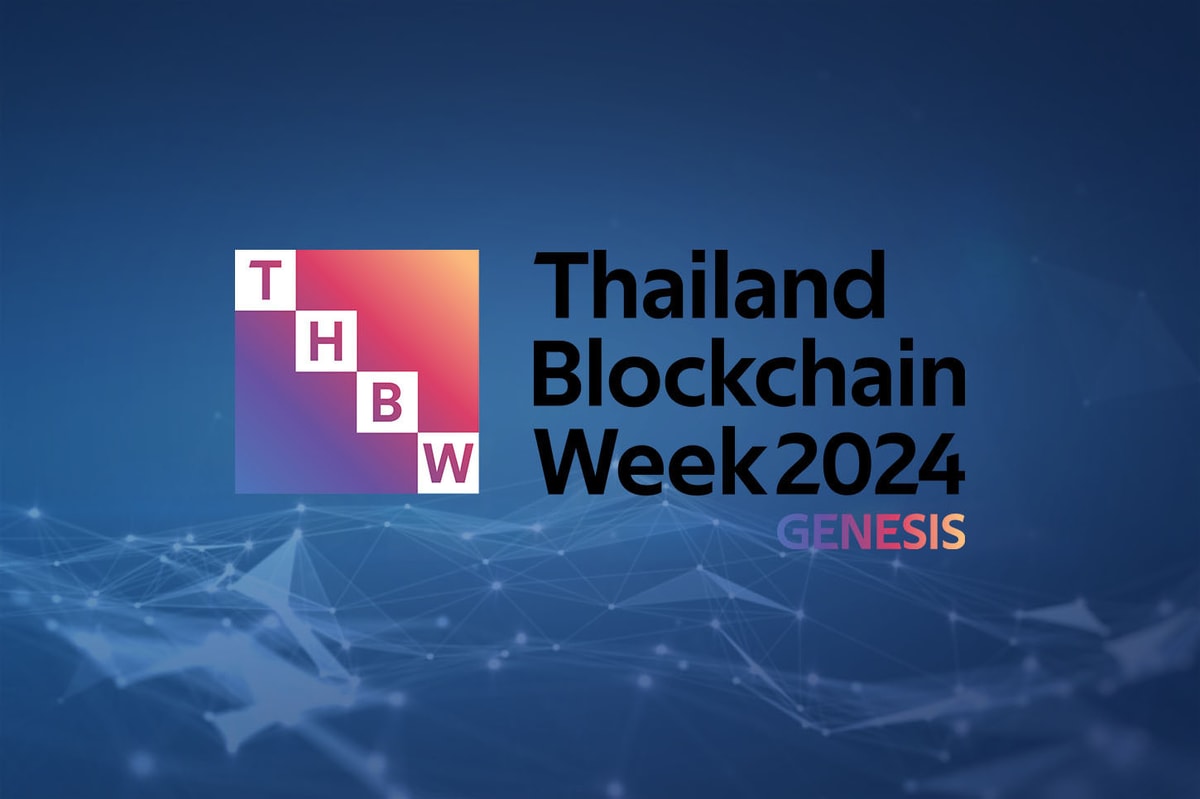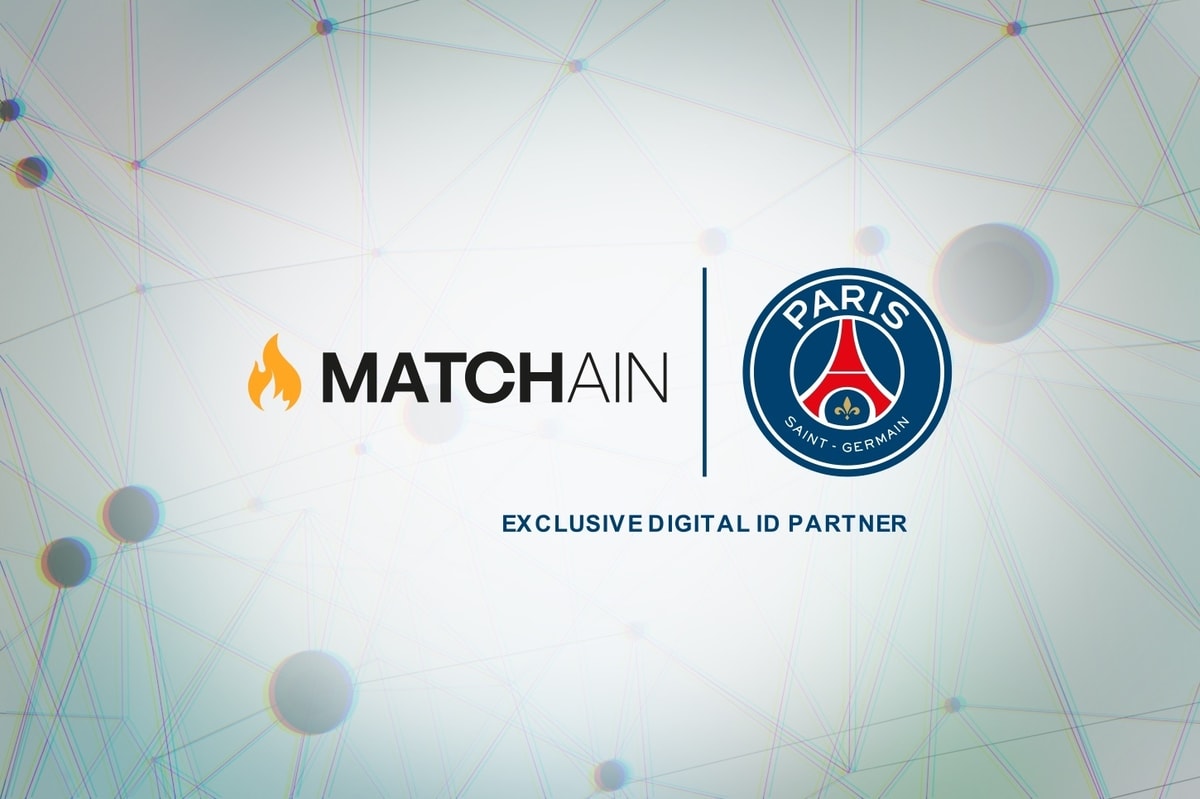Etherization is a groundbreaking play-to-earn (P2E) game that is revolutionizing the gaming industry. This innovative game combines the power of nonfungible tokens (NFTs) and ERC-20 tokens to provide players with a dynamic and captivating gameplay experience while highlighting its historical value as one of the oldest NFTs deployed on September 16, 2016, and one of the first play-to-earn games on Ethereum and any other blockchain. This game boasts complete decentralization, with both frontend and backend operations and even decentralized domains, “etherization.nft” (unstoppable domains) and “wethz.eth” (ENS). Unlike other “decentralized” games that rely on centralized servers for certain components, Etherization ensures true decentralization. As a result, players exercise full control over their in-game assets and can trust that their accomplishments will be transparently recognized and rewarded. In this article, we will explore the strategic mechanics of Etherization, emphasizing its historical significance and drawing upon insights from renowned NFT archaeologists, Adam McBride and Leonidas.

Unveiling the strategy and gameplay mechanics
At the core of Etherization lies a strategic and immersive gameplay experience. Each city within the game is represented by an ERC-20 token on a static 34x34 map, boasting unique names, descriptions and various buildings that determine their token rarity. The historical significance of Etherization adds depth and authenticity to the game’s lore, establishing it as a pioneering force in the blockchain gaming landscape. Players can maximize their TOKEN revenues by employing two primary strategies: military and culture. The military approach involves building formidable armies, making towns your vassals, and raiding their treasury to amass wealth and power. However, players should be cautious, as vassals may rebel, seeking to reclaim their freedom and treasury. The possibility of rebellions adds an exciting dynamic to the gameplay, emphasizing the ever-changing nature of city alliances and power dynamics within the game.
Tokenomics and deployment
To ensure a seamless gaming experience, Etherization has been developed using Solidity and deployed on the Ethereum network. However, exciting news awaits players, as the layer-2 solution is ready and set to be deployed in June 2023. This advancement will enhance scalability and reduce transaction costs, providing a smoother and more cost-effective gaming experience. In the meantime, players can mint towns, secure the best spots on the map and possess valuable historical NFTs, setting the stage for future gameplay advancements.
The ERC-20 token, TOKEN, serves as the primary in-game currency. Each city generates a specific amount of TOKEN every 24 hours, becoming a key metric for evaluating a city’s success within the game. This economic model fosters competition among players, driving them to strategize and optimize their city’s TOKEN production. Additionally, players can also trade and exchange their ERC-20 NFTs and artifacts on external marketplaces, further adding value to their gaming experience.
Units and artifacts
The game introduces three distinct types of units: pikemen, swordsmen and knights. Each unit possesses unique strengths and weaknesses, adding a layer of depth and strategy to battles and raids. These units are pivotal for raiding other cities and defending one’s own. Successful raids not only accumulate wealth but also have the potential to make towns your vassals, bolstering your TOKEN production through tributes.
Generals, represented as unique ERC-20 tokens, play a crucial role in enhancing unit strength during both offensive and defensive operations. Minting generals requires a specific number of TOKEN, adding a strategic element to players’ decision-making processes. The rarity and attributes of generals contribute to their overall effectiveness in battles, encouraging players to seek and acquire powerful leaders to bolster their armies.
Historical value and gameplay experience
Etherization holds immense historical value as one of the oldest NFTs in existence. Deployed in 2016, it signifies the early days of NFT adoption and serves as a testament to the longevity and innovation within the blockchain gaming industry. The game’s historical significance offers players a unique opportunity to delve into a virtual world that captures the essence of different eras and civilizations.
Insights of esteemed NFT archaeologists
Renowned NFT archaeologists Adam McBride and Leonidas acknowledge the historical significance embedded within the Etherization project. McBride noted, “Etherization encapsulates the spirit of the earlier project, paying homage to its roots while pushing the boundaries of blockchain gaming.” Leonidas added, “The integration of NFTs and ERC-20 tokens adds an exciting layer of ownership and value, allowing players to truly immerse themselves in a dynamic and rewarding gaming experience.”
Conclusion
Etherization’s strategic gameplay mechanics, historical value and innovative integration of NFTs and ERC-20 tokens have solidified its position as a frontrunner in the blockchain gaming space. As the game prepares for the deployment of its layer-2 solution in June 2023, players can anticipate an even more immersive and seamless gaming experience. The possibilities within Etherization are vast, enabling players to claim ownership over cities, engage in epic battles and experience the thrill of rebellion. By intertwining virtual gameplay with historical narratives, Etherization not only entertains but also educates, offering a truly unparalleled gaming experience for players worldwide.











